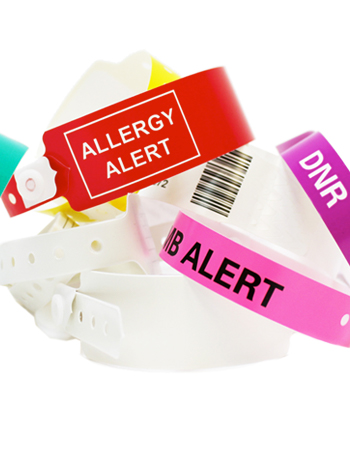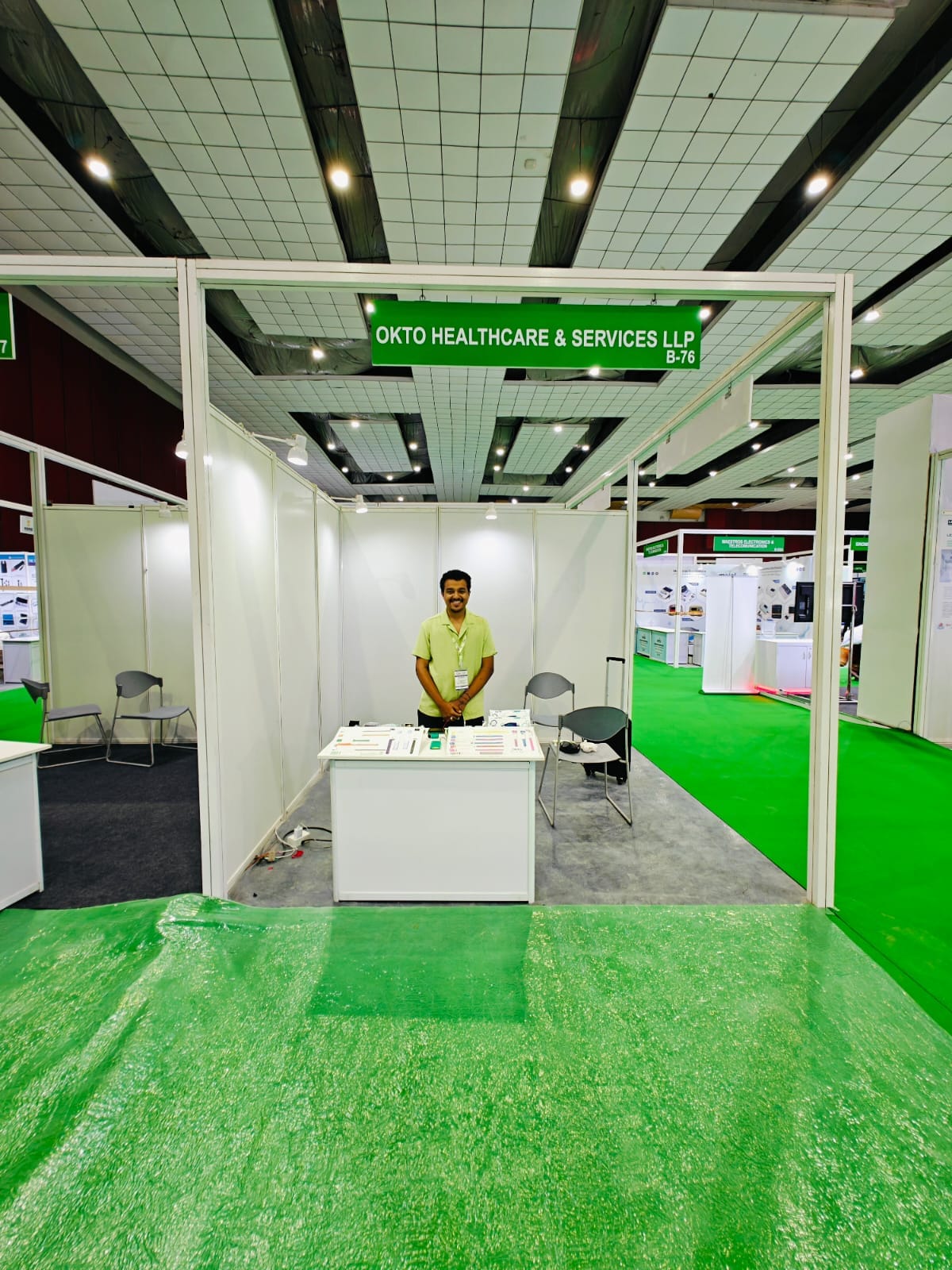Why Medical Facilities Select Patient Identification Band for Reliable Patient Tracking
Why Medical Facilities Select Patient Identification Band for Reliable Patient Tracking
Blog Article
Simplifying Individual Treatment With Efficient Recognition Bands
The application of effective identification bands is a pivotal aspect in enhancing person care within medical care settings. These bands not just serve to mitigate the threats associated with individual misidentification but also enhance interaction among clinical employees, thus cultivating a much safer setting. Various sorts of identification bands satisfy specific requirements, from durable wristbands for adults to specialized bands for infants and important cases. As the landscape of individual recognition evolves, one need to take into consideration the implications of these systems on general health care delivery and client end results. What developments await in this essential area?
Significance of Individual Identification
Making sure exact person identification is important in medical care settings, as it straight affects the safety and top quality of treatment given. Misidentification can cause major mistakes, consisting of carrying out the wrong medicine, carrying out inaccurate procedures, or miscommunicating crucial individual details. Such mistakes not only jeopardize patient security but can also result in legal ramifications and decreased count on healthcare systems.
Reliable person recognition is fundamental to developing a safe and secure setting where people get ideal and personalized treatment. It promotes the accurate documentation of case histories, allergies, and treatment strategies, making sure that doctor have accessibility to vital information in all times. Robust recognition methods assist streamline interaction amongst clinical staff, boosting cooperation and decreasing the threat of errors.

Sorts Of Recognition Bands
Identification bands play an important role in keeping precise patient documents and improving safety and security within healthcare settings. Different types of recognition bands are utilized to satisfy the details needs and demands of various person populaces.

An additional kind is the ankle joint band, which is particularly useful for newborns and infants, making sure that recognition remains undamaged also during care treatments. Specialty bands, such as those for allergic reaction informs or drop danger signs, give additional layers of safety and security by drawing prompt interest to vital patient problems.
Recently, digital identification bands have obtained popularity, incorporating barcodes or RFID technology that can be scanned to promptly retrieve patient information. These bands streamline process and lessen the threat of human mistake throughout person recognition procedures.
Advantages of Reliable Recognition
Reliable recognition of patients through the use of identification bands contributes substantially to total person safety and care quality. By making sure that each person is accurately identified, medical care service providers can effectively match clinical treatments redirected here and procedures to the correct person, lessening the risk of errors. This is especially vital in environments with high client turn over, where the possibility for misidentification is greater.
Moreover, effective identification bands improve interaction amongst medical care teams. Exact and clear person recognition cultivates cooperation and makes certain that all employee are mindful of a person's specific needs and clinical history. This communication is essential for providing collaborated care, specifically in emergency situation circumstances where time is important.

Inevitably, reliable recognition via using recognition bands not just safeguards individuals however likewise promotes a culture of safety and security within medical care centers (Patient Identification Band). By prioritizing accurate recognition, medical care companies can boost results and improve the overall patient experience
Executing Identification Equipments
While the value of individual identification is well recognized, the implementation of durable recognition systems postures a facility obstacle for medical care companies. Developing effective recognition systems calls for a comprehensive technique, encompassing modern technology, employees training, and process combination.
First, organizations have to select ideal identification technologies, such as barcode scanning, RFID, or biometric systems. Patient Identification Band. These modern technologies should be reviewed based on cost, usability, and compatibility with existing framework. A pilot program can help determine potential problems prior to full-scale execution
Next, thorough training for personnel is necessary. All workers must understand the significance of accurate person recognition and excel in the usage of the selected technologies. Routine training updates and analyses can reinforce best practices and make sure ongoing conformity.
In addition, health care organizations should establish standardized treatments for patient identification throughout all departments, enhancing and lessening discrepancies communication. Normal audits can assist recognize gaps in adherence to these protocols.

Inevitably, a reliable execution of recognition systems not just improves client security but also cultivates a culture of liability and diligence within health care settings, ensuring trusted and consistent patient treatment.
Future Trends in Person Recognition
Developments in technology are readied to change person recognition practices in healthcare setups. The combination of biometric identification approaches, such as fingerprinting and facial recognition, is anticipated to improve accuracy and security. These modern technologies can significantly reduce the danger of misidentification, guaranteeing that patients get the appropriate therapies and medicines.
Moreover, the execution of blockchain innovation for patient documents is gaining grip. This decentralized method can provide a tamper-proof and protected method for handling patient identifications, consequently enhancing access to vital information throughout various doctor.
Another fad is the raising webpage use mobile wellness applications that utilize QR codes for individual identification. These applications permit real-time updates and simple access to individual data, encouraging healthcare specialists to make educated choices quickly.
Additionally, expert system (AI) is positioned to play an essential function in assessing individual recognition data, determining patterns, and anticipating possible recognition mistakes before they occur.
As these innovations develop, they guarantee not just to boost patient safety but likewise to improve the general performance of official website medical care distribution systems. Welcoming these technologies will certainly be essential for future-proofing client care techniques.
Verdict
Finally, effective identification bands are vital for boosting person safety and care high quality within medical care setups. By lessening the threats related to misidentification, these bands assist in exact and timely details access, ultimately enhancing interaction amongst doctor. The application of robust recognition systems not just promotes a culture of safety yet additionally settings healthcare institutions to adjust to future fads in client identification technology, guaranteeing optimal end results for individuals in diverse clinical atmospheres.
As the landscape of client recognition evolves, one have to think about the implications of these systems on general medical care shipment and patient end results.Efficient individual recognition is basic to developing a safe environment where people get appropriate and tailored care. Inevitably, prioritizing reliable client recognition techniques not just promotes a society of security but additionally contributes to enhanced client outcomes and general contentment with medical care solutions.
Efficient identification of people with the use of identification bands adds significantly to total individual safety and security and care top quality. The execution of durable recognition systems not just cultivates a culture of security but also placements health care institutions to adapt to future trends in person identification modern technology, guaranteeing optimum end results for clients in varied medical environments.
Report this page